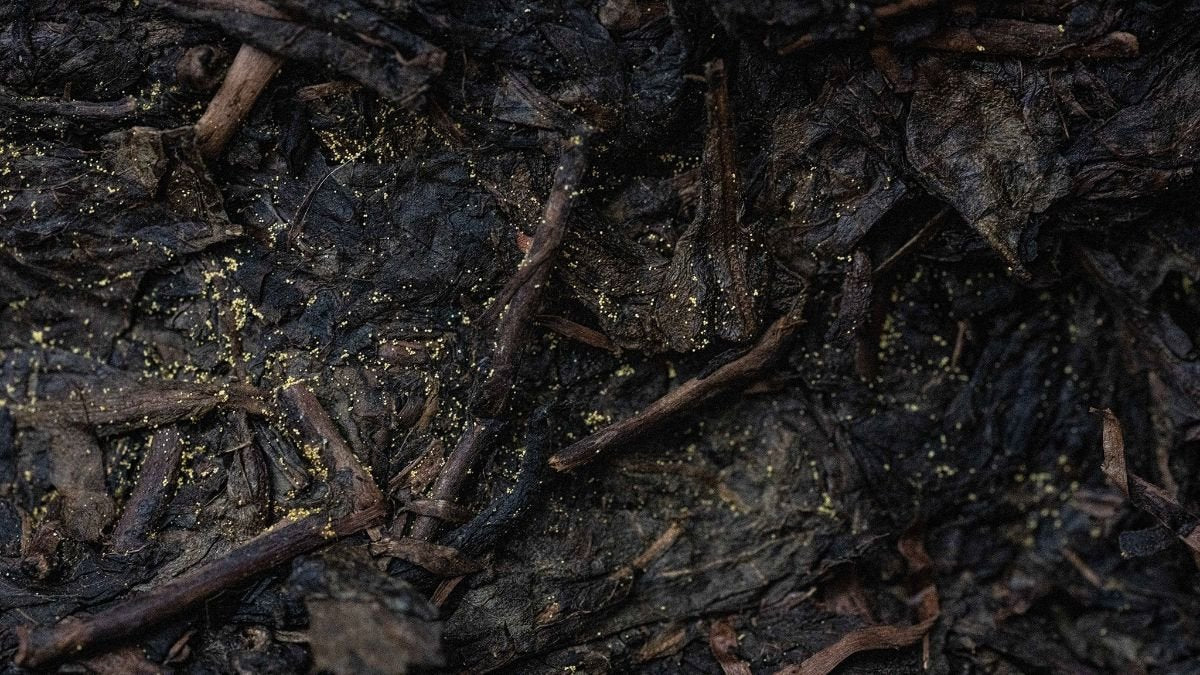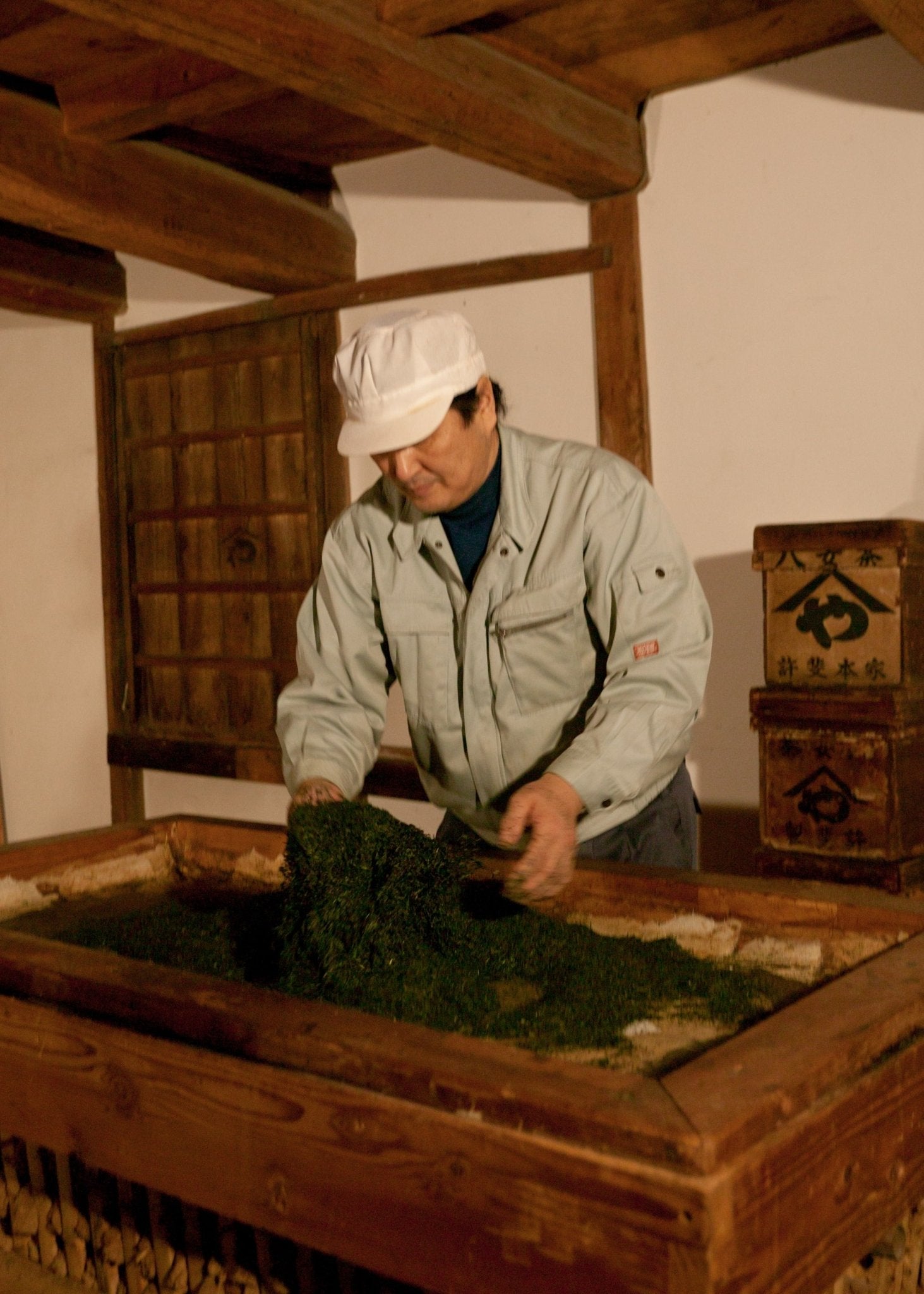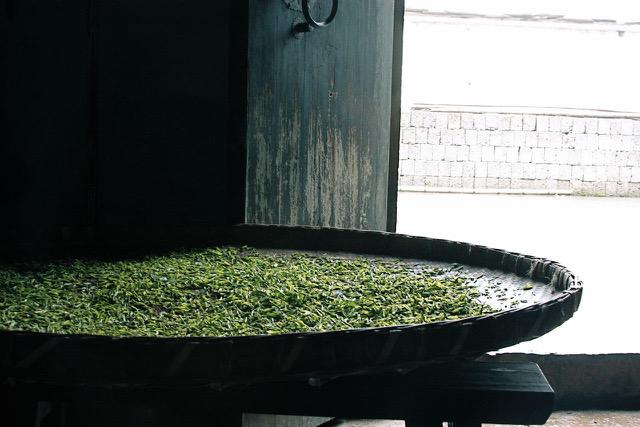History of Hunan Dark Tea, Kernels

We’ve written before about the diverse, fascinating world of dark tea. Mr. Huang, who directs the preparation of our ‘Workhorse’ brick describes two essential processes to create Hunan dark tea: pile fermentation and ‘firing’, using pine wood as fuel.
This creates the complex, slightly smoky, and unarguably ‘fermented’ taste of this tea.
These are a few interesting facts:
- The earliest records of black Hunan dark tea date back to 1524 (Ming Dynasty); it was not pressed yet.
- Hunan dark tea quickly became an indispensable staple in the diet of China’s northwestern and Tibetan minorities; their traditional diet is rich in meat and dairy but fairly poor in veggies (mostly because of the difficulty to farm them in harsh environments). These peoples believe that dark tea not only helps digestion but also provides many of the nutrients that are missing in heavy meat and dairy diets.
- The first brick teas were developed in Shaanxi, often using leaves from Hunan. It was, however, Shaanxi merchants who developed the recipes to press and age Hunan dark tea.
- Qianliang (giant tea ‘sausages’ weighing 1000 taels ~ 36kg) are aged both in direct sunlight and under shade. This aging process contributes to the lives of the micro-organisms responsible for the complexity of this tea.
In the 1950s, strong relationships between the Soviet Union and China boosted the trade of Dark Tea. We can still find a few Soviet Era bricks in the old factories of Hunan.



Comments